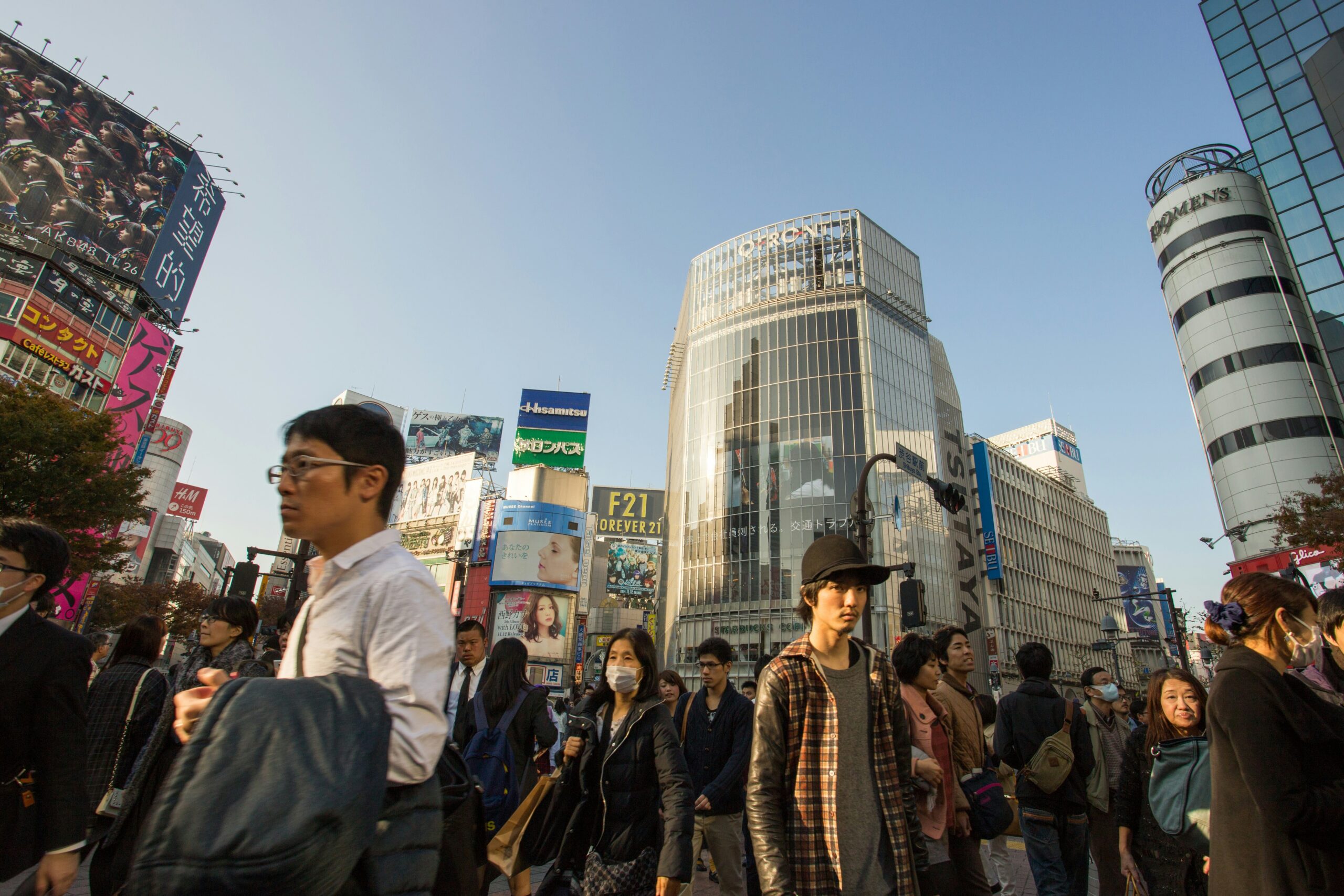Japan, an island nation renowned for its technological advancements and cultural richness, faces a daunting challenge that threatens its social fabric and economic sustainability: soaring population density. With a significant portion of its land unsuitable for habitation, the country’s urban areas, particularly Tokyo, are experiencing unprecedented levels of congestion. This article delves into the multifaceted crisis of population density in Japan, exploring the causes, consequences, and potential solutions through various lenses, from government initiatives to cultural shifts and technological innovations.
Japan Faces Soaring Population Density Crisis
Japan’s battle with population density is reaching critical levels, posing significant challenges for urban planning and quality of life. The country’s geographical constraints, with mountainous terrain covering much of the land, leave limited space for residential, commercial, and industrial development. This has led to an extraordinary concentration of people in available urban areas. Japan’s population density, one of the highest globally, exacerbates issues related to housing, transportation, and public services, demanding innovative solutions to mitigate the impacts of crowded living conditions.
Tokyo: At the Heart of the Density Dilemma
Tokyo, the bustling capital city of Japan, stands as the epitome of the country’s density dilemma. Home to over 13 million residents, the city’s population density dramatically exceeds that of other major global cities. The relentless influx of people seeking employment and educational opportunities has spurred a vertical expansion of living and working spaces. Tokyo’s skyline, dotted with skyscrapers, belies the underlying challenges of congestion, inflated property prices, and the strain on infrastructure and resources.
Urban Sprawl: Japan’s Expanding Concrete Jungle
The relentless expansion of urban areas into the surrounding countryside, known as urban sprawl, is a visible manifestation of Japan’s struggle with population density. Cities, in an attempt to accommodate growing populations, extend their boundaries, consuming more land and natural resources. This sprawl not only leads to environmental degradation but also exacerbates the disconnection between urban and rural communities, further complicating efforts to manage population distribution effectively.
The Struggle for Space: Life in Compact Cities
Life in Japan’s compact cities is a study in efficiency and adaptability. With every square meter at a premium, residents and businesses have become adept at maximizing minimal spaces. Apartments are famously small, ingeniously designed to offer functionality and comfort in tight quarters. However, this compact way of life, while resourceful, highlights the underlying issue of limited personal space, contributing to stress and impacting the overall well-being of the populace.
Government Initiatives to Combat Population Pressure
The Japanese government has launched several initiatives aimed at alleviating the pressures of high population density. Strategies include promoting remote work to reduce the need for commuting, incentivizing businesses to relocate to less crowded regions, and investing in the development of rural areas to make them more attractive for living and working. Additionally, policies to encourage more balanced population growth and distribution are being evaluated, such as offering subsidies for families moving to rural areas.
Rural Exodus: The Emptying of Japan’s Countryside
While cities bulge with an ever-growing population, Japan’s countryside faces the opposite problem: a steady exodus of residents towards urban centers. This rural exodus has left many villages with aging populations and declining economies, exacerbating the divide between urban and rural areas. The government’s challenge is to reverse this trend, making rural living viable and appealing to a younger generation through infrastructure development and economic incentives.
Infrastructure Strain: The Cost of Crowdedness
Japan’s infrastructure, though highly developed, is under immense strain due to the relentless demands of a dense population. Public transportation networks, while extensive and efficient, are often crowded to capacity, particularly during peak hours. Similarly, roads, utilities, and public services are stretched thin, necessitating significant investment to upgrade and expand facilities to meet the growing needs of the population.
Sustainable Solutions for a Crowded Future
Addressing Japan’s population density crisis requires sustainable solutions that balance growth with environmental and societal well-being. Initiatives such as green building practices, renewable energy adoption, and waste reduction are gaining traction. Urban planning now emphasizes the creation of multipurpose spaces that cater to various needs within compact footprints, promoting a more sustainable and livable environment for the densely populated cities.
The Role of Technology in Managing Urban Density
Technology plays a pivotal role in managing the challenges of urban density in Japan. Innovations in smart city technologies, such as IoT devices and AI, are being employed to optimize traffic flow, energy consumption, and service delivery in crowded urban areas. Additionally, advancements in construction technologies enable the building of safer, more efficient, and space-saving structures, crucial for accommodating Japan’s dense urban population.
Public Transport: A Lifeline in Packed Cities
Public transport is the lifeline of Japan’s packed cities, embodying the efficiency and reliability needed to move millions daily. The country’s extensive network of trains, buses, and subways is a testament to meticulous planning and investment in public infrastructure. Despite its crowdedness, the system’s punctuality and coverage make it an essential component of daily life, reducing the reliance on private vehicles and mitigating some of the challenges posed by high population density.
Cultural Shifts: Adapting to Smaller Living Spaces
The adaptation to smaller living spaces in Japan is not just a matter of necessity but also reflects significant cultural shifts. The minimalist lifestyle, emphasizing simplicity and the elimination of excess, aligns well with the constraints of compact living. This cultural adaptation facilitates a more sustainable approach to consumption and living, as residents prioritize quality over quantity, a mindset that could offer lessons to other densely populated areas around the world.
Looking Ahead: Japan’s Blueprint for Balanced Growth
Looking ahead, Japan’s blueprint for managing its population density crisis hinges on balanced growth and sustainable development. By fostering a more equitable distribution of the population between urban and rural areas and leveraging technology for smarter urban planning, Japan aims to create a future where high density does not equate to diminished quality of life. The path forward involves not only government action but also individual and community adaptation to new ways of living and working in a densely populated nation.
Japan’s battle with soaring population density is a complex issue, woven into the very fabric of its society and urban landscape. While the challenges are significant, the concerted efforts of the government, businesses, and citizens hint at a promising path forward. Through technological innovation, cultural adaptation, and sustainable living practices, Japan is forging a model for managing urban density that could inspire solutions worldwide. As the country navigates the intricacies of growth and sustainability, the world watches and learns, anticipating the lessons that Japan’s experience may offer to other densely populated regions grappling with similar challenges.





